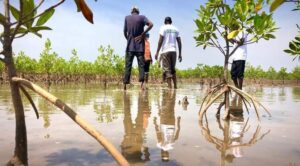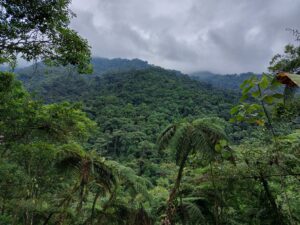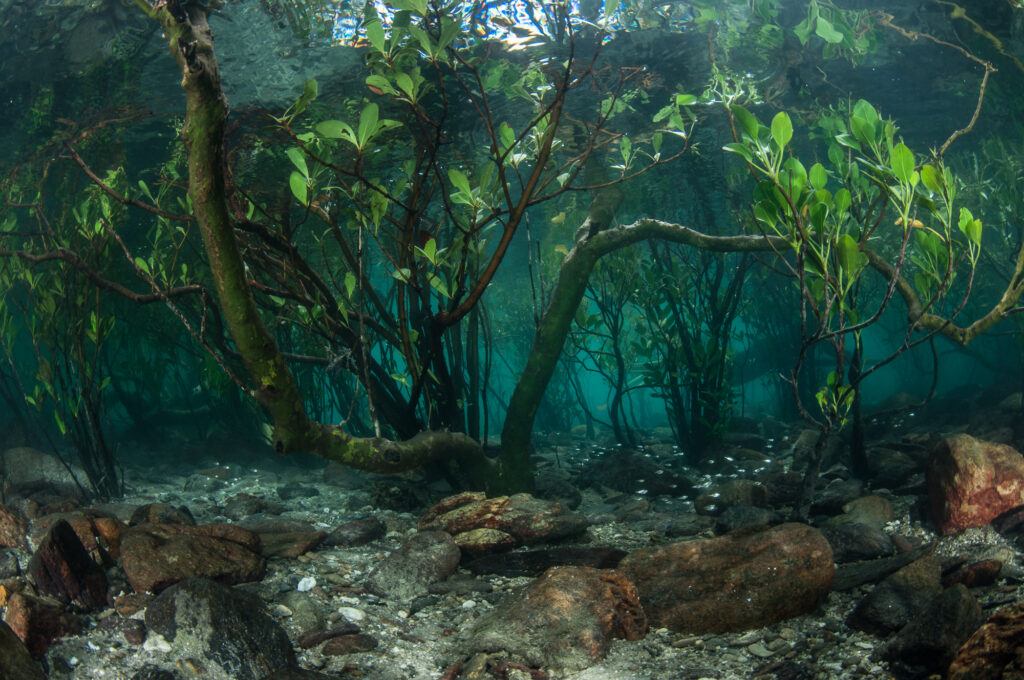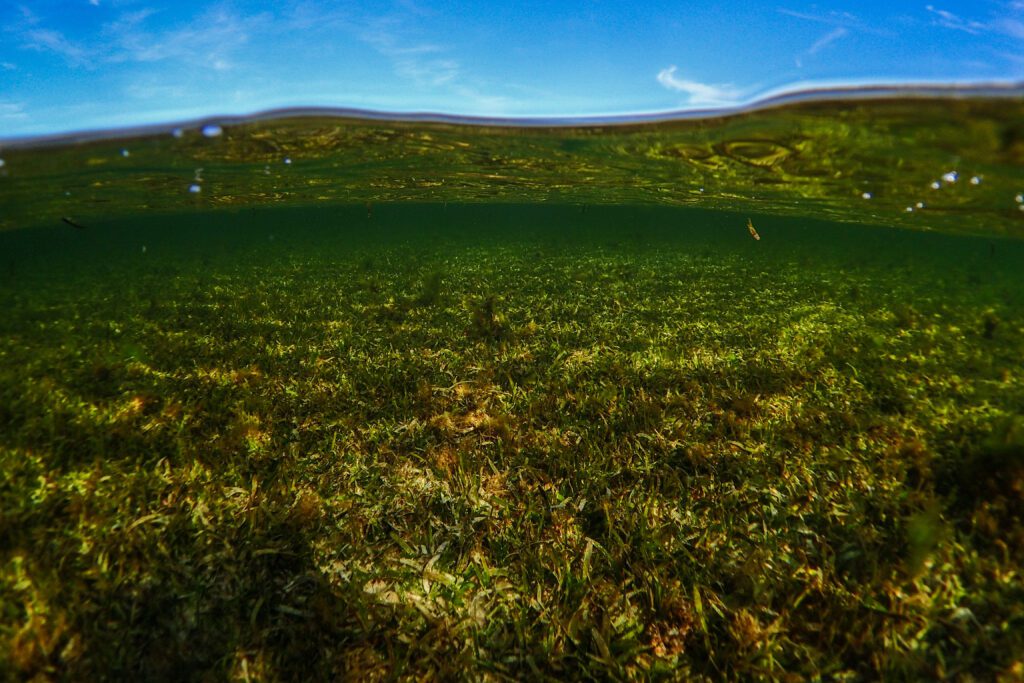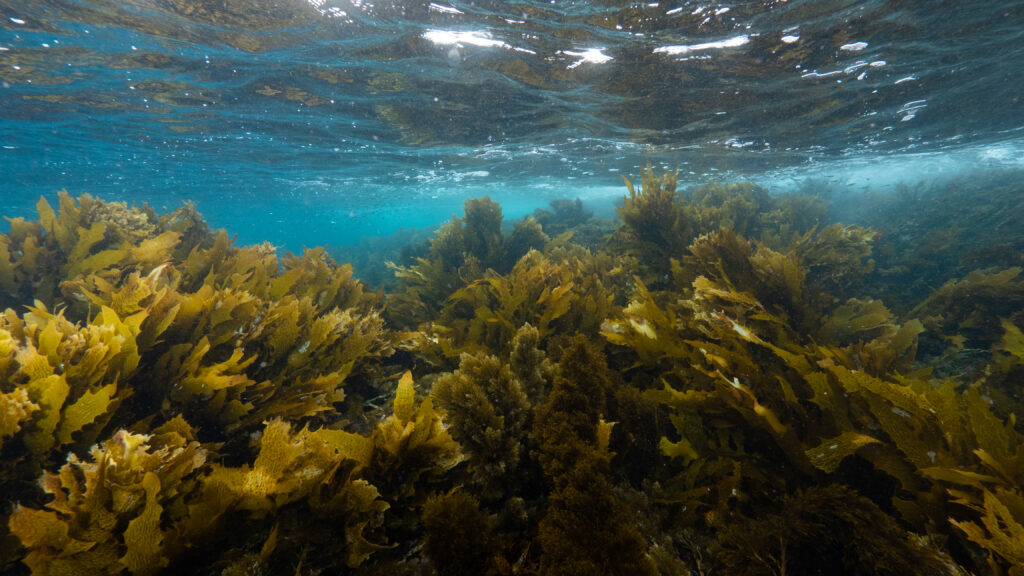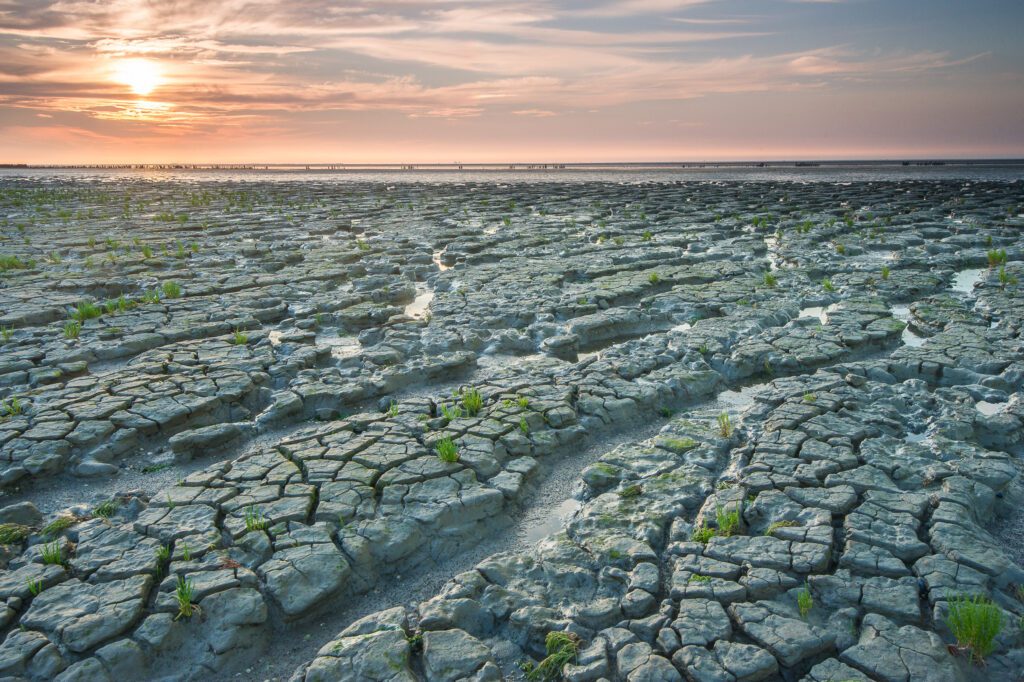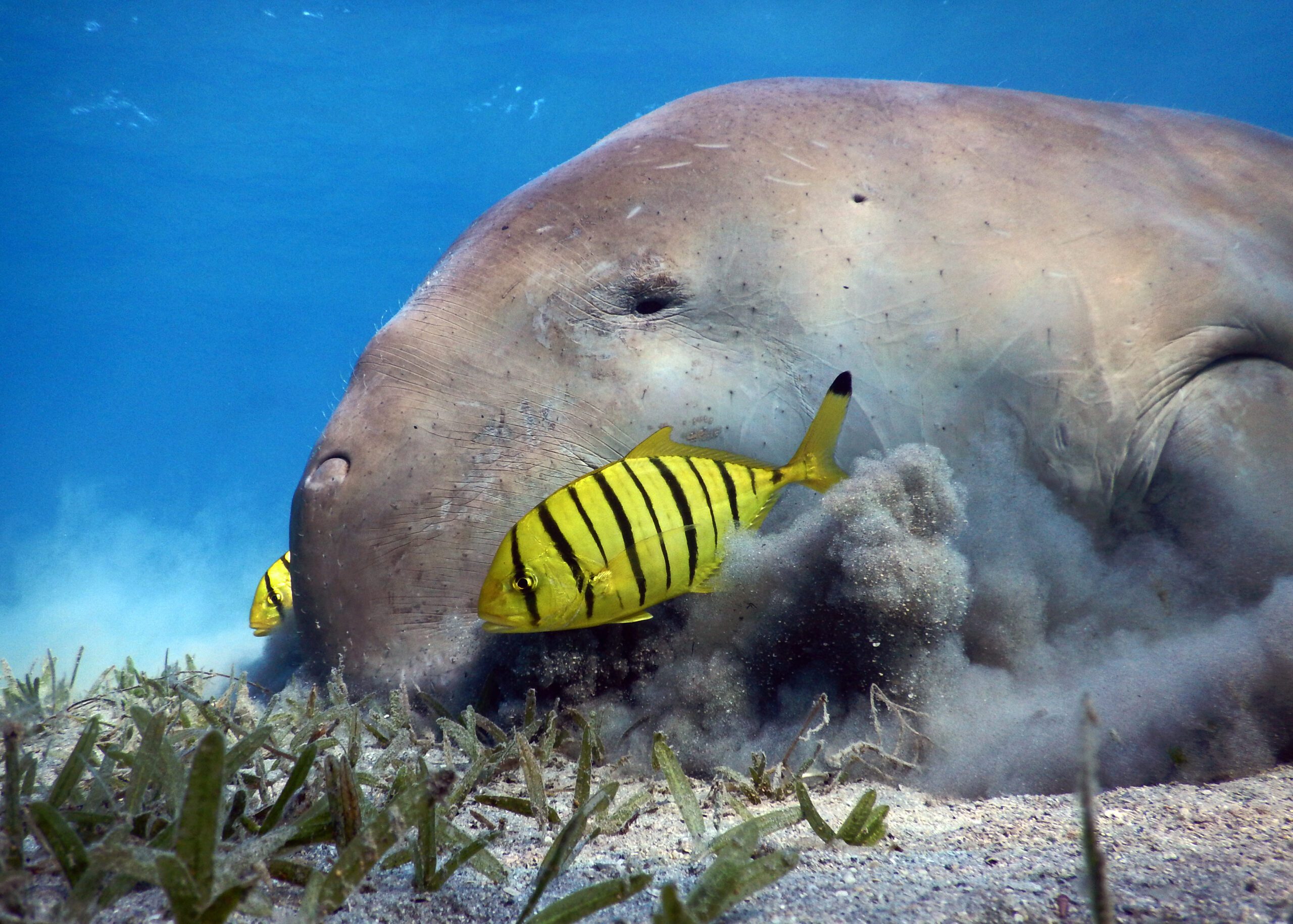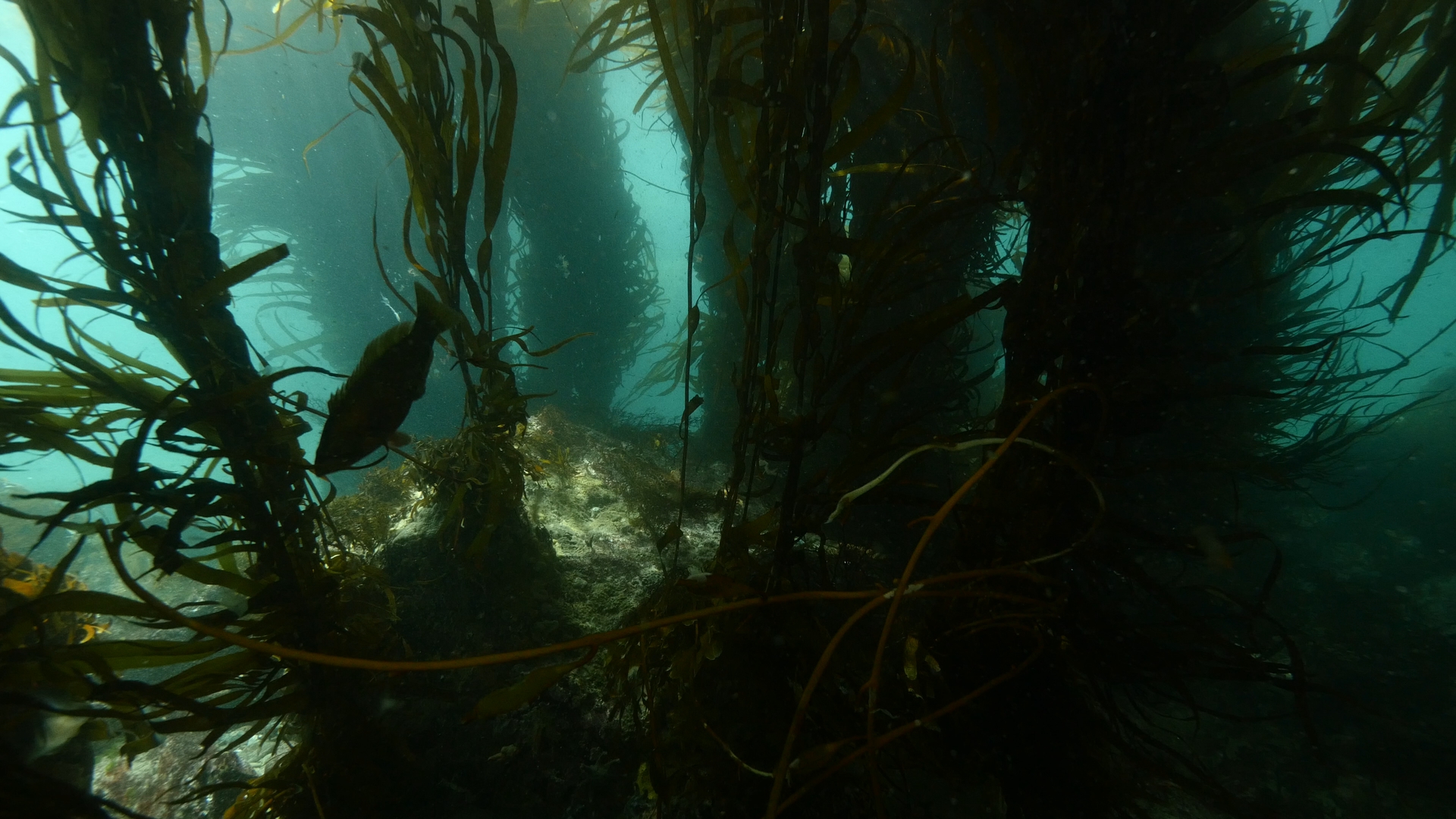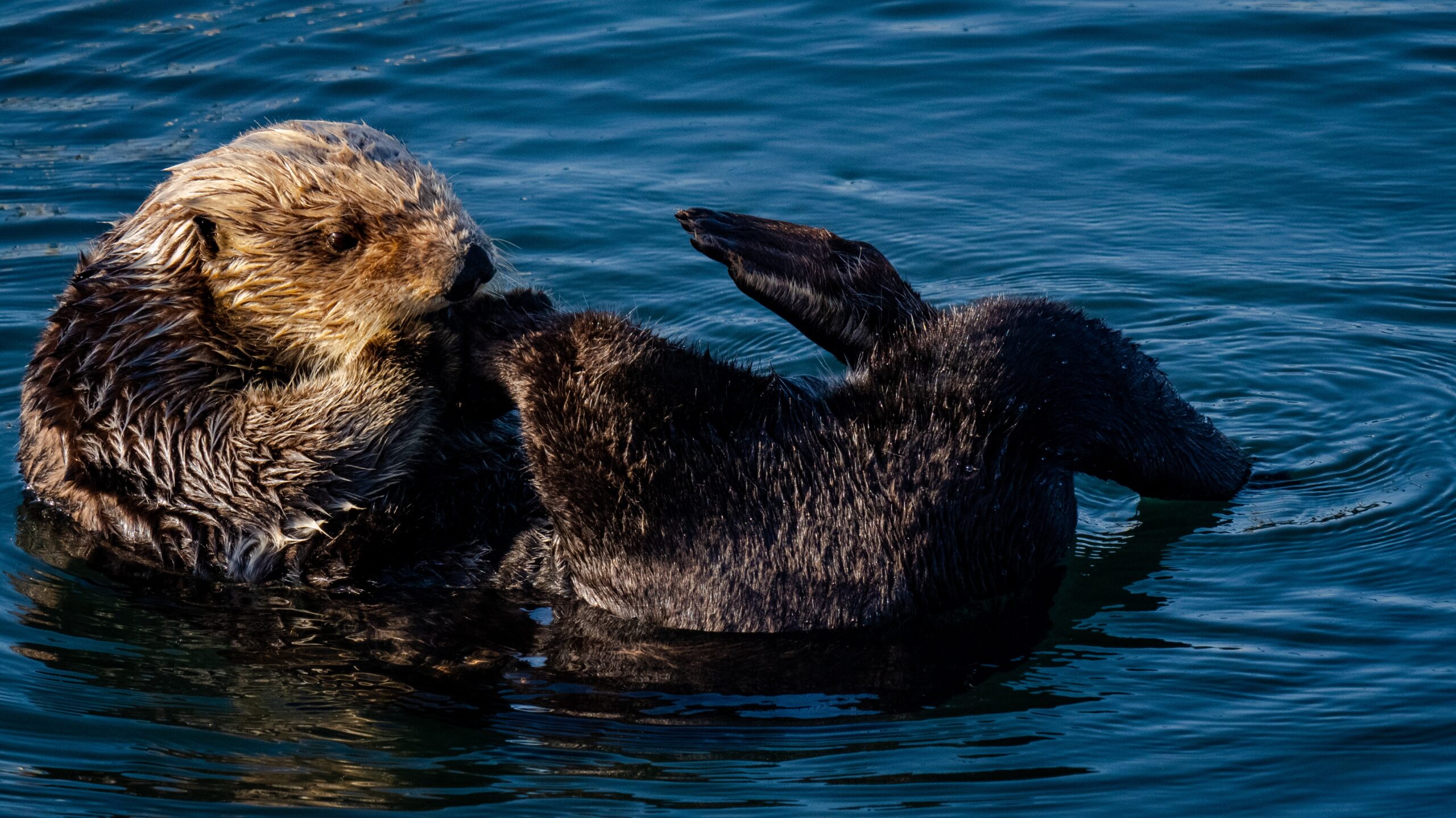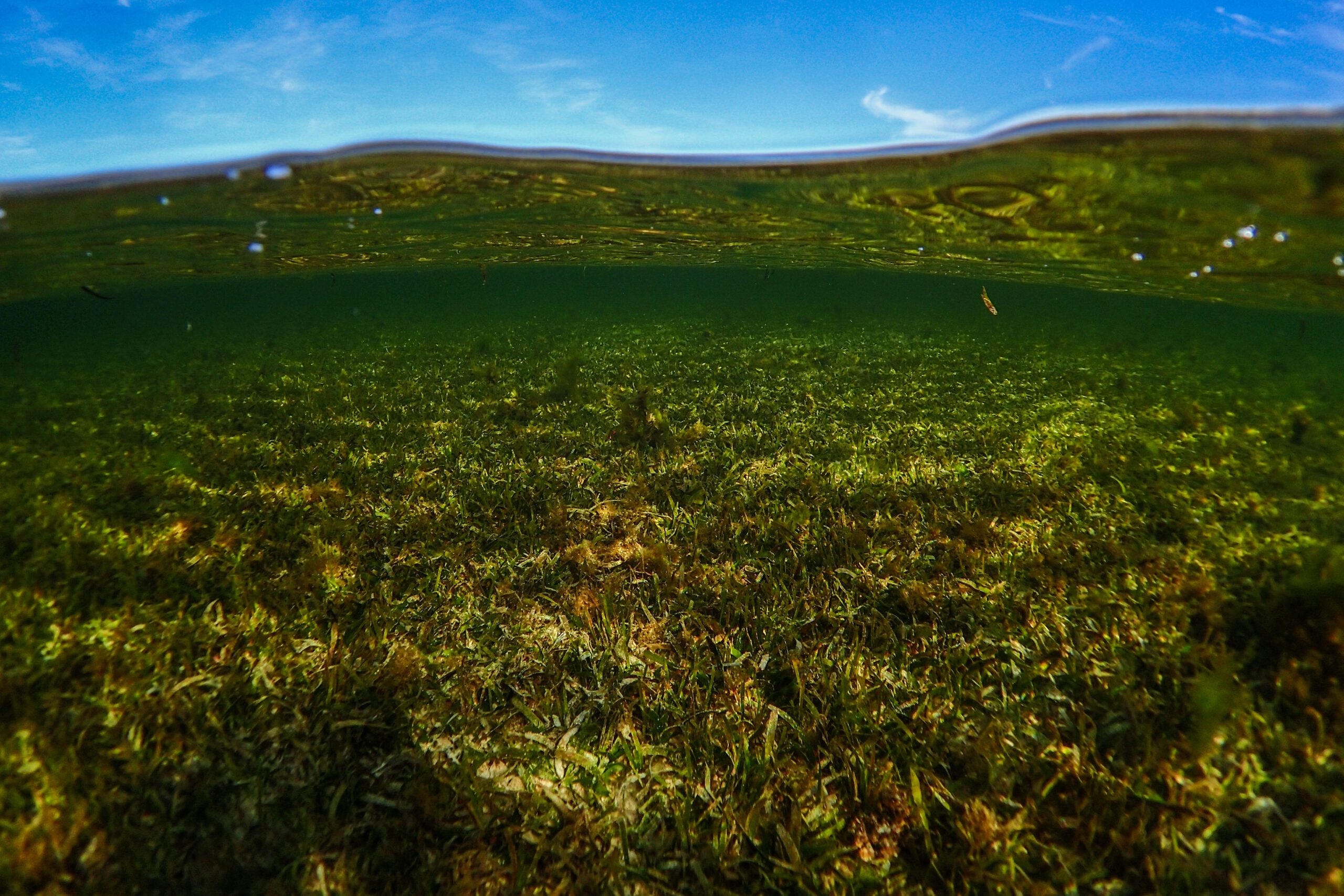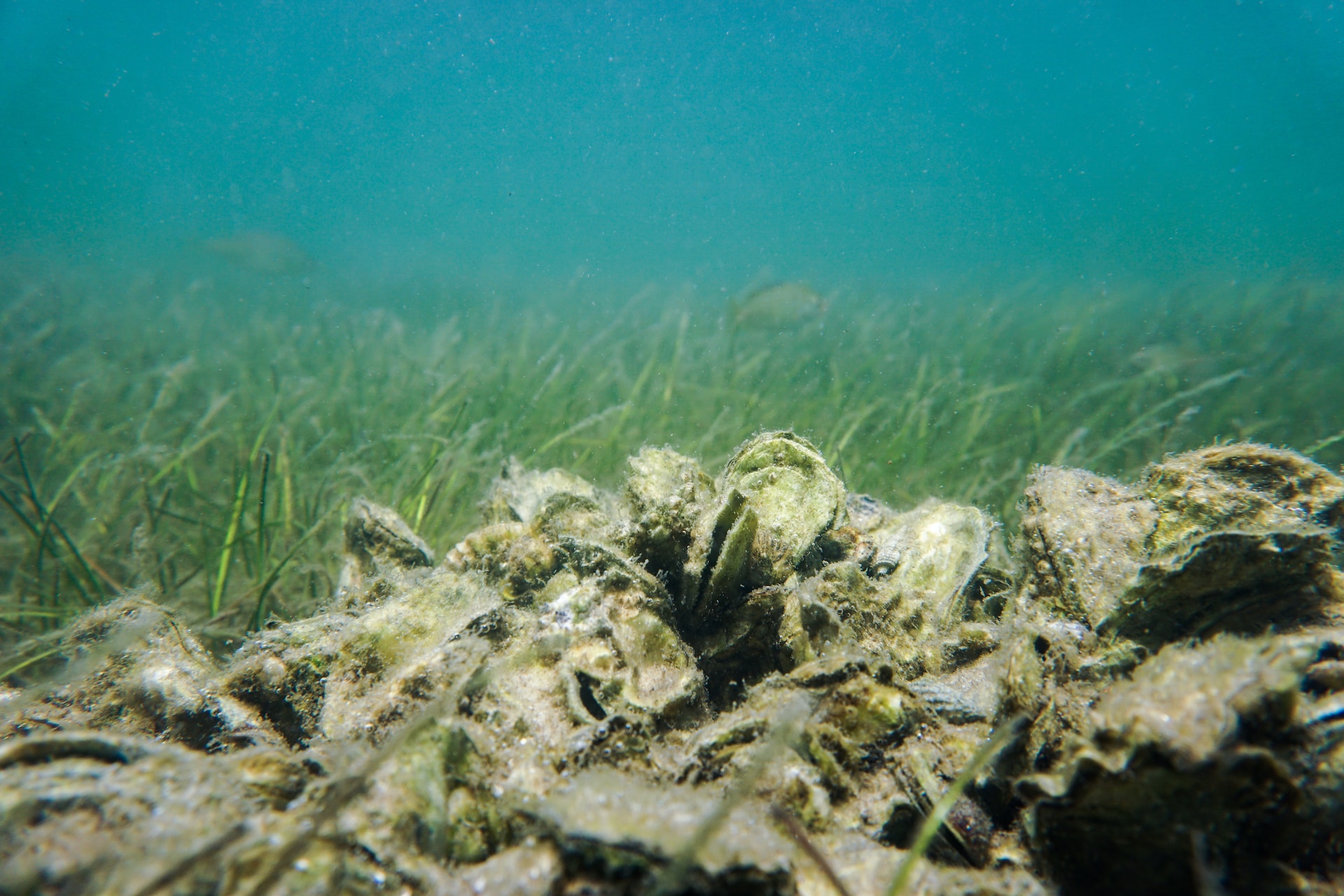COASTAL
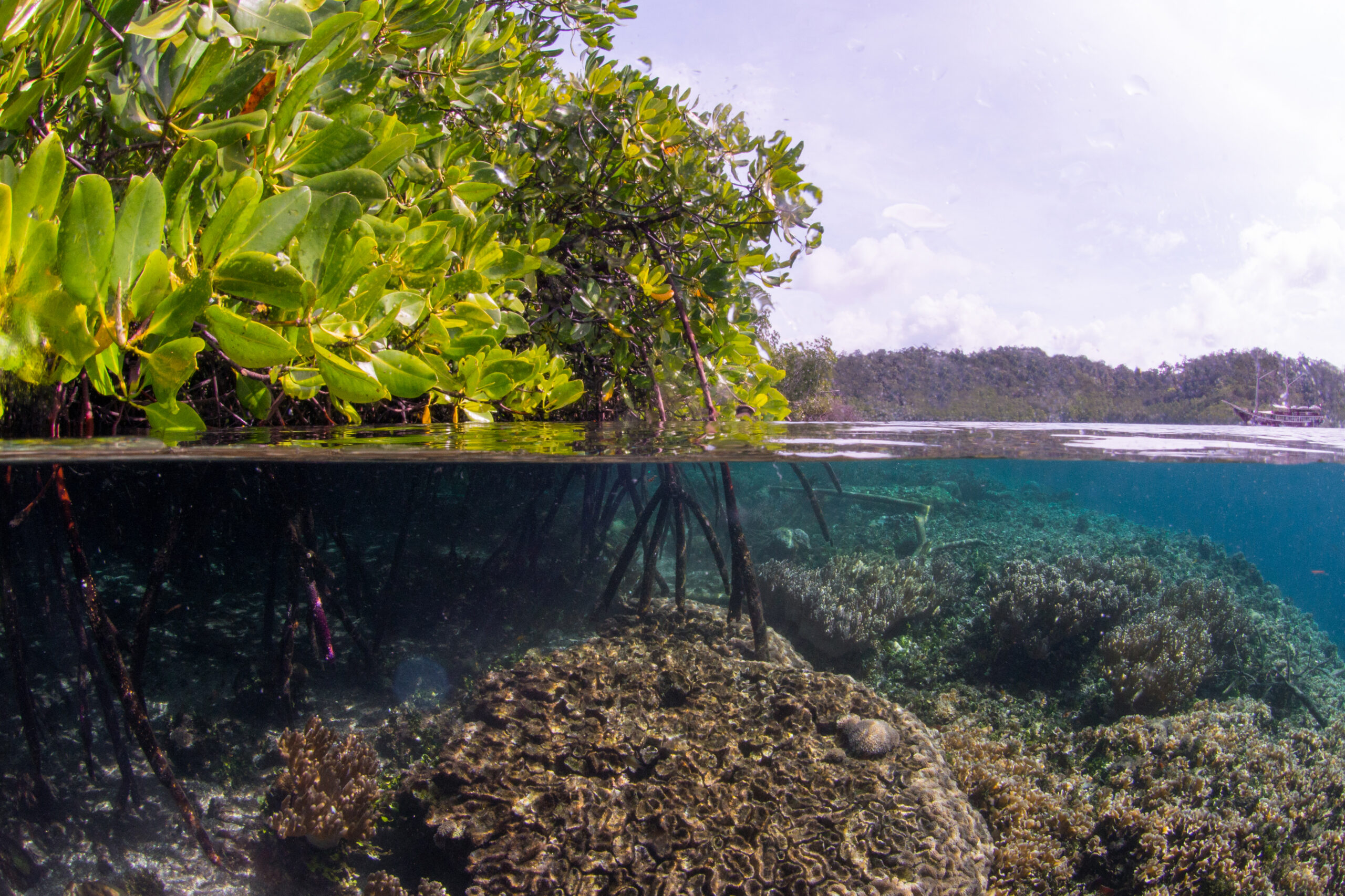
Why is it so important to protect and conserve our coastal habitats?
Coastal habitats are incredibly valuable ecosystems that support a high level of biodiversity and provide a range of ecological services. They play a significant role in climate regulation, acting as natural buffers against storms, floods, and erosion. They also help regulate water quality acting as natural filters, trapping sediments and pollutants, and helping to maintain the clarity and quality of coastal waters. Healthy coastal habitats ensure the sustainability of recreational activities such as swimming and boating, and support local economies and communities, particularly through coastal industries, contributing to local and global food security.


How can we best support our coastal habitats?
Protecting/planting mangroves
Mangroves are nature’s guardians of the coastal habitat. They provide essential habitat for marine life, protect shorelines from erosion, and sequester significant amounts of carbon.
Protecting/restoring keystone species
The protection and restoration of keystone species are vital for the well-being of habitats. By ensuring their survival, we contribute to the preservation of biodiversity, promote ecological stability, and support the interconnected web of life.
Protecting/planting seagrass
Seagrass meadows are important nursery habitats, providing a safe shelter for juvenile fish, smaller fish and invertebrates.
Seagrasses are also called the lungs of the sea, due to the enormous amount of oxygen they produce. They hold around 10% of the carbon stored in the ocean, while only making up 0.2% of the ocean floor.
Protecting/planting kelp
By protecting and planting kelp, we help mitigate climate change by absorbing carbon dioxide, improving water quality, and contributing to coastal resilience.
Protecting tidal mudflats
Tidal mudflats are extremely important ecosystems. They are a stopover for migrating birds but also important for the balance between land and sea. They play a key role in the food chain and act as breeding grounds for molluscs, worms and other invertebrates.
Keystone species
Keystone species have a key role in the functioning of a habitat, as they have a cascading effect on other species in an ecosystem. It is crucial to protect keystone species to ensure habitats’ health. For habitat restoration purposes, it can also be beneficial to reintroduce keystone species in certain areas. Here are some of the keystone species crucial for our coastal habitats:
Dugong
- vulnerable
- Decreasing
Kelp
- vulnerable
- Decreasing
Sea otters
- endangered
- Decreasing
Mangroves
- vulnerable
- Globally, the area of mangroves decreased by 1.04 million ha between 1990 and 2020
Seagrass
- least-concern
- Stable
Coral
- endangered
- Half of coral reefs have been lost since the 1950s
Oysters
- data-deficient
- Data deficient
Feel like supporting our coastal habitats together with us?
Support one of our projects.
We plant mangroves in Malindi Ungwana Bay
- Kenya
- COASTAL , WETLAND
